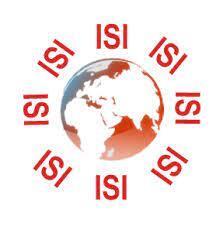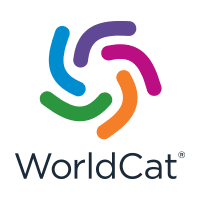Antibacterial activity of Ocimum gratissimum AND Gongronema latifolium ON Staphylococcus aureus AND Salmonella typhi
DOI:
https://doi.org/10.62103/unilak.eajst.2.2.53Keywords:
Antibacterial activity, Ocimum gratissimum, Gongronema latifolium, Staphylococcus aureus, Salmonella typhiAbstract
Ocimum gratissimum and Gongronema latifolium have been used by herbal medicine practitioners in combination with other herbs in the treatment of Staphylococcal and Salmonellal infections. The aim of this study was to evaluate antibacterial activity of extracts of Ocimum gratissimum (Efinrin) and Gongronema latifolium (Utazi) on Staphylococcus aureus and Salmonella species. Extracts were obtained by aqueous and ethanolic methods with a concentration range of 25% to 75%. The diameter of inhibition zones by aqueous extract of Ocimum gratissimum was between 7-15 mm while that of the ethanolic extract was between 7 and 12 mm. The minimum inhibitory concentration (MIC) was 25% for the aqueous extract of Ogratissimum on S aureus with no effect on Salmonella, while that of the ethanolic extract was 75% for both organisms. G. latifolium showed MICs of 25% and 75% for the aqueous extract on S. aureus and Salmonella respectively while the ethanolic extracts showed MICs of 25% and 50% on S. aureus and Salmonella respectively. Minimum bactericidal concentration (MBC) for
the aqueous extracts of G. latifolium were 50% and 75% for S aureus and Salmonella respectively while that of the ethanolic extract was 25% for S aureus and 75% for Salmonella. Ogratissimum showed MBC at 75% concentration only for the aqueous extract alone on S aureus. Therefore, the results obtained indicated that the extracts of O. gratissimum and G. latifolium possess antibacterial activities against S. aureus and Salmonella species.








